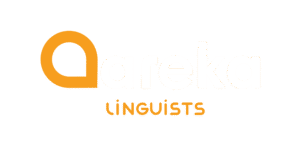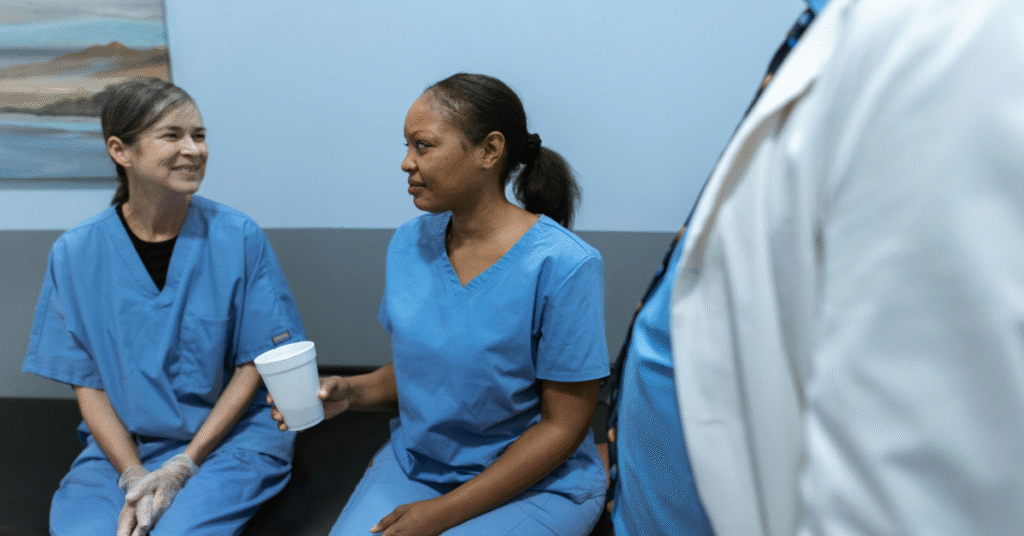In today’s increasingly globalized healthcare landscape, medical affairs teams are tasked with delivering critical scientific knowledge across diverse linguistic and cultural settings. From continuous education programs to trainings, webinars, and international conferences, their outreach must transcend language barriers without compromising accuracy, empathy, or compliance. That’s where language localization steps in, not merely as a service, but as a strategic partner.
Localization as a Pillar of Medical Communication
Localization extends beyond simple word-for-word translation. It adapts messaging to the cultural context of the target audience, ensuring that medical content resonates authentically and complies with regional norms. For medical affairs teams, this is vital. Whether the goal is to educate healthcare providers in Southeast Asia or engage clinical experts in Latin America, culturally calibrated content is key to effective learning and trust-building.
Translation by Natives: Ensuring Precision and Empathy
At the heart of successful localization is translation by native linguists who not only speak the language fluently but also live its nuances. Native translators with domain expertise in medical and pharmaceutical sciences bring an essential layer of precision. They understand the regulatory sensitivities, scientific terminology, and emotional tone required to engage medical professionals meaningfully.
For example, in a pharmacovigilance training session, a native linguist can ensure that the translated content preserves intent while reflecting regional expectations around risk communication. This emotional and cultural fidelity is especially important in patient-centric messaging and continuous education materials, where tone can deeply influence understanding and trust.
Simultaneous Interpretation: Real-Time Impact
Medical affairs engagements often rely on live interactions; think international conferences, investigator meetings, and webinars featuring global experts. In these settings, simultaneous interpretation is a game-changer. Skilled interpreters with domain knowledge can deliver real-time translation with accuracy and nuance, enabling seamless participation from multilingual audiences.
Unlike standard interpreting, simultaneous interpretation demands both linguistic dexterity and subject matter familiarity. A trained medical interpreter can follow the pace of scientific discourse while conveying complex ideas without loss of fidelity. This allows medical affairs teams to host dynamic, inclusive conversations where global professionals feel equally heard and understood.
Domain Expertise: The Localization Partner’s Edge
A true localization partner isn’t just a vendor; they’re an extension of the medical affairs team. Their linguists are not only native speakers but also qualified professionals trained in healthcare-specific domains. Whether translating educational content or interpreting a panel discussion, their insights ensure compliance, clarity, and resonance.
Localization partners also understand the nuances of platform-specific delivery. A training webinar may demand conversational tone and tight turnaround, while a regulatory conference requires formality and strict adherence to medical terminology. Adapting to these variables is where their value shines.
Beyond Services: Strategic Collaboration
By integrating localization early into medical affairs strategies, teams gain more than just linguistic support, they unlock strategic advantage. Consistent messaging across regions, improved engagement rates, and smoother collaboration among cross-functional teams are just some of the benefits.
Moreover, native linguists contribute to feedback loops that enhance message clarity and effectiveness. Their understanding of audience reception and linguistic patterns helps refine future content, making each subsequent campaign sharper and more culturally aligned.
In conclusion, language localization, powered by translation by natives and simultaneous interpretation, empowers medical affairs teams to navigate global engagements with confidence and precision. It’s not just a support function; it’s a strategic enabler of education, training, and collaboration in the multilingual world of healthcare.

